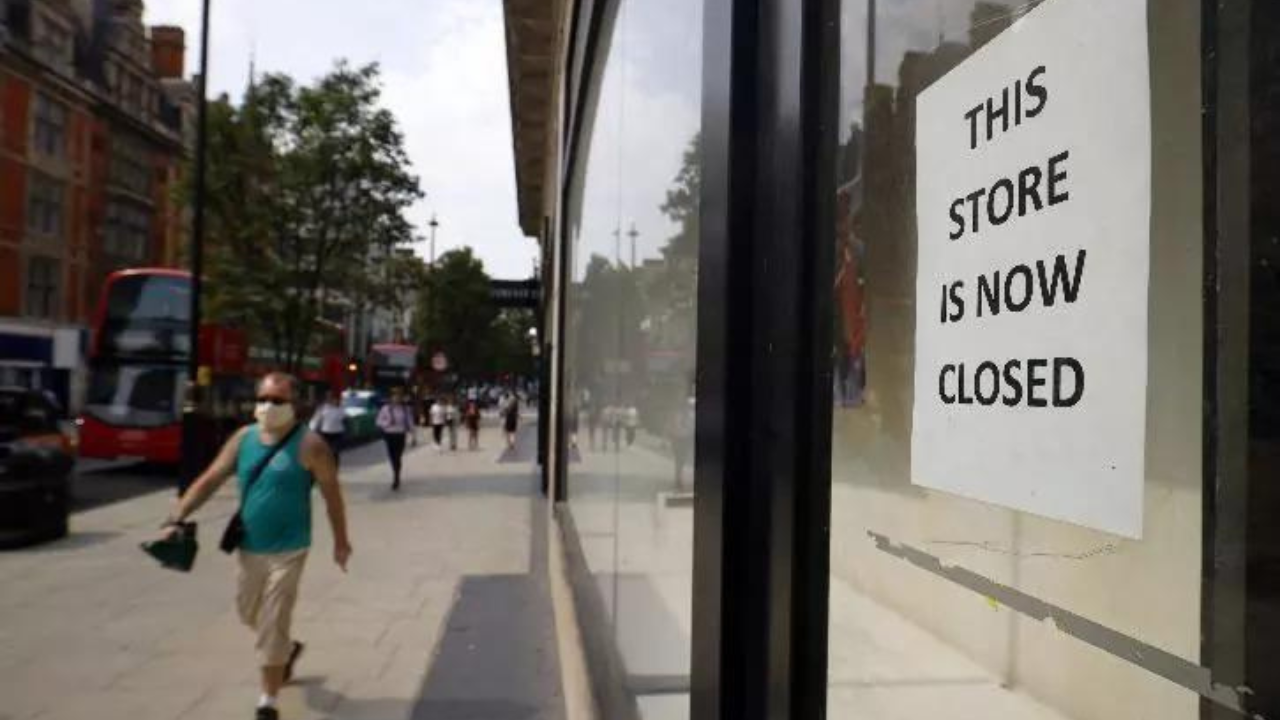Washington, D.C. – June 6, 2025: The US economy added 139,000 jobs in May, reflecting a continued cooling in the labor market as employers exercise caution amid rising tariff tensions and fading consumer demand.
According to data released Friday by the US Labor Department, the May figure, although slightly above forecasts of 133,000, was lower than April’s revised 147,000 gain. Additionally, job gains for March and April were slashed by a combined 95,000, signaling that the job market slowdown is deeper than previously understood.
Healthcare and Hospitality Lead Job Gains

The strongest hiring activity came from the healthcare sector, which added 62,000 jobs, followed by leisure and hospitality with 48,000—30,000 of which came from food services. Social services chipped in with 16,000 jobs.
However, the federal government shed 22,000 jobs, and sectors like manufacturing, transportation, and retail remained largely stagnant.
Unemployment Rate Stable, But Revisions a Red Flag
The unemployment rate held steady at 4.2%, and wages rose modestly—up by $0.15 or 0.4% on average. Yet economists caution that monthly job gains are being persistently revised downward.
“The job market is steadily but surely throttling back,” said Mark Zandi, chief economist at Moody’s Analytics. “The most telling sign is that gains are consistently revised lower. After revisions, monthly gains are closing in on just 100,000.”
ADP: Private Payrolls Grow at Slowest Pace in 2 Years
Meanwhile, the ADP National Employment Report, which provides a more immediate snapshot of the labor market, showed private payrolls grew by just 37,000 in May—the lowest since 2023.

“Hiring is clearly losing momentum,” said Nela Richardson, chief economist at ADP. “We’re seeing clear signs of hesitation among employers, especially in goods-producing industries.”
Job Losses in Manufacturing and Natural Resources
The ADP report showed net losses in:
- Manufacturing: -3,000 jobs
- Mining & Natural Resources: -5,000 jobs
These were partially offset by a gain of 6,000 in construction. The only bright spot came from leisure and hospitality (+38,000) and financial services (+18,000). In contrast, education and health services lost 13,000 jobs, and the trade and utilities sector shed 4,000.

Hiring Freezes Across Industries
The slowdown in hiring is not limited to data reports. Major employers are implementing hiring freezes, including:
- American Airlines: Flight attendant hiring frozen
- T. Rowe Price: Slowing financial sector recruitment
- Johns Hopkins University: Freeze in research-related roles due to NIH funding concerns
Smaller businesses are also under pressure. Payroll firm Homebase reported a 4.4% decline in hiring by small businesses compared to May 2024.
Trade Tensions Fueling Job Market Anxiety
Economists are pointing to the escalating global tariff standoff as a major drag on job growth. Sluggish factory orders (down 3.7% in April) and declining home construction (down 0.9% in April) are early indicators of worsening demand.
“The fallout from the global trade war is intensifying,” added Zandi. “That’s showing up in factory activity, transportation volumes, and now the labor market.”
JOLTS Report Shows Job Openings Outpacing Hires
The JOLTS report for April, released earlier this week, showed 7.4 million job openings—up by 191,000 from March. But economists warn that open jobs don’t guarantee hiring activity.

“Both employers and workers are being cautious,” said Elise Gould of the Economic Policy Institute. “While job openings are rising in some sectors, actual hires are lagging behind.”
Outlook: Cooling Continues Into Summer
Looking ahead, analysts advise watching indicators like housing starts and factory orders, which historically lead labor market changes. With wage growth barely outpacing inflation and confidence slipping, the US job market may be entering a period of prolonged fragility.
For more in-depth analysis on the intersection of economic policy, global trade, and jobs, visit our US Economy section or read the original Al Jazeera report.









